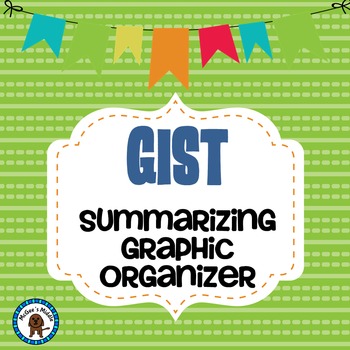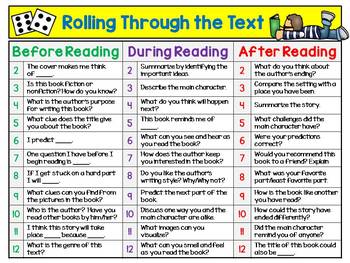Hands on learning keeps learning real & brings the concept to life for students. That connection is one that stays with a student and allows the learner to draw upon it during future learning.
Students are more focused because they are learning from an experience. That experience is tapping into many different learning styles to solve the problem.
Read 4 Reasons to Use Manipulatives, Not Just in Math! From We Are Teachers!
# 3 is a BIG one for me! Failure is essential in the learning process!
You can find more hands on ideas from We Are Teachers and their 24 Creative Ways to Use Math Manipulatives in Class.
Watch The Story of Three! and see the Cheese Bits in action!
SILLY NUMBERS! I love how he helps the students understand that 20 14 is really 34. Such a great way to get students into renaming numbers.
This visual is a simple way to represent the idea of concrete to abstract.
Students need the foundation of concrete (Manipulatives) to understand the abstract (Algorithm).
So before you plan your next week of math think about CRA! How can you hit those learners and help them as they cross the CRA continuum?
This video is an awesome!



















